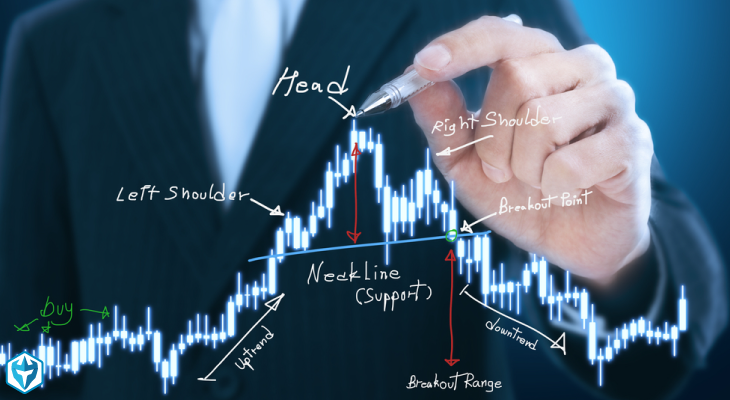This is the projected price of a financial instrument as provided by an analyst and when it’s achieved, the trader is able to attain the best possible outcome from an investment. In other words, it is the price at which a trader or investor exits a trading position finally achieving his or her reward. It […]











